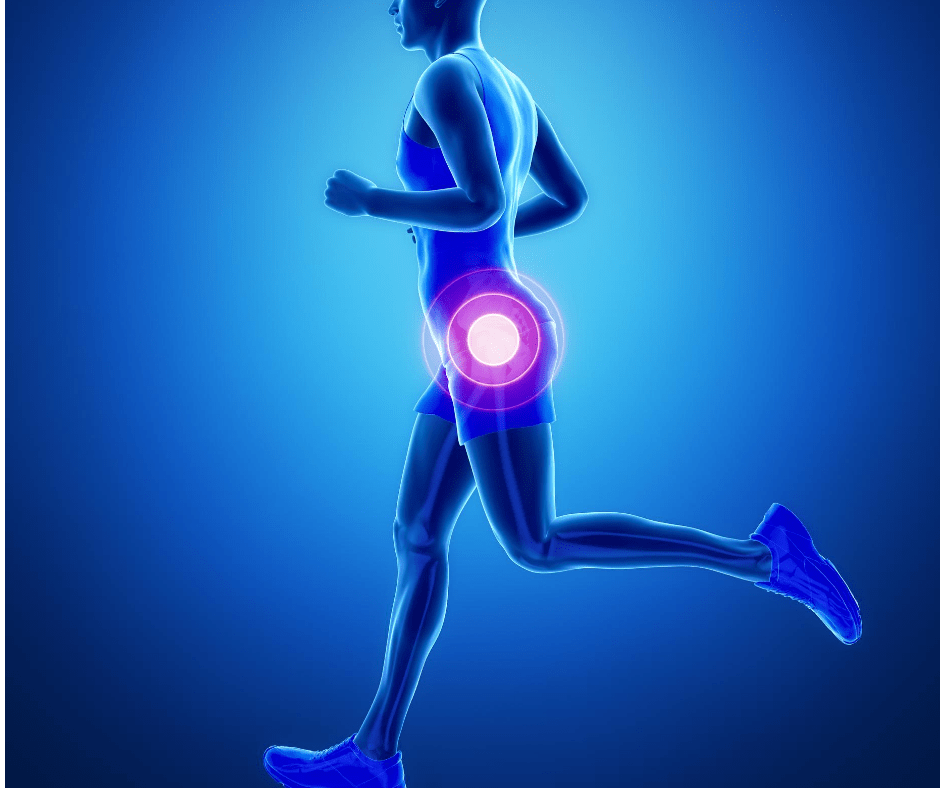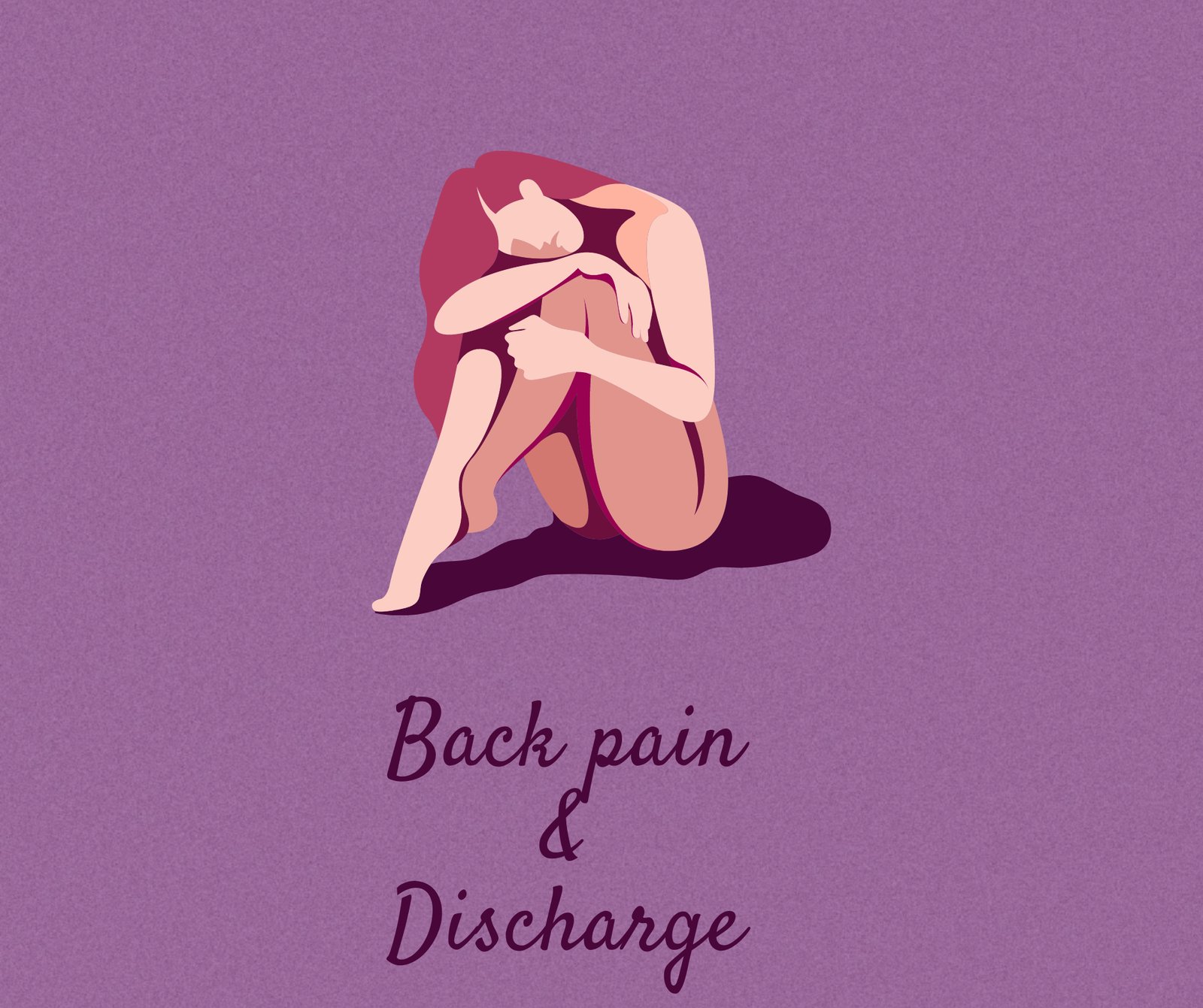Why Does My Lower Back Pain Moved To Hip.

The lower back pain moved to hip is a common ailment that affects many people.
The hip joint is the largest ball-and-socket joint in the body, and it has an important function in supporting the trunk, pelvis, and lower extremity. hence it is become necessary to keep it pain-free.
The pain can be caused by various reasons and can be treated in several different ways. If you want to learn how to treat lower back pain, then keep reading.
when you go through this condition one question is frequently arise in your mind,
Why Does My Lower Back and Hip Hurt?:
Many people suffer from pain in their lower back and hips. The pain can be intermittent and happen at random moments, or it can come from a chronic injury.
There are many factors that contribute to lower back pain, but sometimes it is due to an injury. affecting the sacroiliac joints.
The Sacroiliac Joints The sacrum and iliac crest are two bony structures that are found at the bottom of the spine, each with a joint (the superior and inferior articular processes) that joins them together. These joints function as a hinge to allow for flexion, extension, rotation
60% of all hip injuries are caused by lower back injuries. While most people think of hip pain as a result of an injury in the lower back, it can also be caused by arthritis or other musculoskeletal problems in the hip joint.
People who experience hip pain are often unable to put any weight on the affected side. This means that people with hip pain may not be able to walk or stand for long periods of time. Pain in the hip area may also be accompanied by muscle spasms and swelling, making it difficult to get out of bed or move around without significant discomfort.
there are many causes and symptoms but mainly there are,
Piriformis syndrome:
Piriformis syndrome is a muscle pain located in the iliopsoas muscle, the outer thigh muscle. The pain is usually at one end of the buttock and often presents as a sharp pain that may radiate down the back of the leg.
The term “iliopsoas syndrome” is often used interchangeably to refer to a number of conditions, all of which involve pain in the iliopsoas muscle.
However, some conditions are not distinguished by location or cause and simply include the phrase “iliopsoas syndrome.” The main difference between these syndromes is that some are caused by voluntary activity and others are caused by involuntary or reflex movements of the thigh.
The condition may be caused by a number of factors including tightness in the muscle, trauma, or a combination of these. It may also be associated with other medical conditions such as cauda equina syndrome, spinal stenosis, and sciatica.
Sacroiliac joint dysfunction:
The sacroiliac joint is a joint between the bottom of the pelvis and spine. The joints in the lower back are not designed to absorb any shock, so they can be injured easily. The pain, known as LBP or low back pain, can lead to other complications such as sciatica & pinched nerves.
Pain and stiffness in the lower back and hip:
Along with the aging process, individuals may experience pain and stiffness in the lower back and hip.
Painful stiffness in the lower back and hip is a very common condition among adults. It usually develops slowly over time, but can sometimes be sudden and severe. The pain and discomfort can range from mild to very severe. The pain is usually worse when sitting, lying down, or moving.
Strained hamstrings affect :
Hamstring pain is an issue that is often ignored by those who are not involved in sports. It can be caused by one thing or another, but most likely the pain is from overstretching the area. The hip is a common area where this condition can have negative effects, causing problems with walking and daily activities.
Osteoarthritis of the hip:
As a result of osteoarthritis of the hip, the leg is unable to move properly and gets in the way of moving the lower back. Prolonged sitting can cause pressure on one side of the body which will eventually lead to pain. and discomfort.
How Sprains and strains are affecting lower back pain moved to hip:
It is common to hurt your back from the activities you do, such as sports. Sprains and strains are common injuries that happen when a muscle or ligament is torn. A lot of people have lower back pain, but these injuries can also occur in the hip region. because they are in close proximity and share many of the same muscles
Lower back pain is becoming more common in the United States. Sprains and strains are a leading cause of lower back pain, but they often go unnoticed until it becomes severe. There are some ways to prevent these injuries from occurring, such as wearing the correct shoes and using proper lifting techniques.
A herniated disk:
The lower back pain moved to hip is a common occurrence for many people in the modern world. A herniated disk is a condition that can lead to this type of pain, which can be quite debilitating and cause serious issues. This condition is often caused by an injury or poor posture,
Ankylosing spondylitis :
The lower back pain that often accompanies a condition called Ankylosing Spondylitis (AS) is a very common, painful condition. Going through the motions of daily living can be difficult due to the pain, limited mobility, and frequent flare-ups. It’s common for people to seek treatment for these symptoms that are typically misdiagnosed as arthritis or osteoarthritis, but until now there haven’t been many options available to them. Since the new findings have just been published, researchers have yet to determine the long-term effects of using neurostimulation on AS patients.
Paget’s disease :
Hip pain is one of the most common complaints in the world. It can be caused by many different things, but when it is caused by a condition like Paget’s disease, it can be debilitating. Many patients are often misdiagnosed and treated for a number of other diseases before they realize that their hip pain is a result of their bone disorder. Paget’s disease is a form of bone cancer, which means that it is usually caused by the body producing too many cells. This leads to higher than normal levels of calcium in the blood, which can cause osteonecrosis — the death of bone tissue. The natural response to this is for the body to break down the excess.
Pinched nerve:
A pinched nerve in the lower back has been moved to the hip and is causing severe pain. . When a pinched nerve is diagnosed,
Doctors have a number of options in the treatment of pinched nerve patients. In cases where the pinched nerve is located on the spinal level, doctors may recommend a surgical procedure to relieve pain. In cases where the pinched nerve is located on a different level of the body, doctors will recommend physical therapy, cortisone injections, and oral medications like gabapentin or naproxen.
Conclusion: lower back pain moved to hip
In the past, lower back pain was a problem that could only be treated with medication. However, in recent years, doctors are starting to shift their focus toward the hip. The human body has evolved over time to become more efficient than before in terms of movement and movement patterns. This has led to a lot of changes in how we see our bodies as well as how we treat them in terms of injury prevention and treatment.



